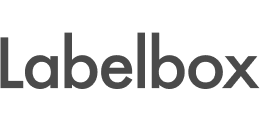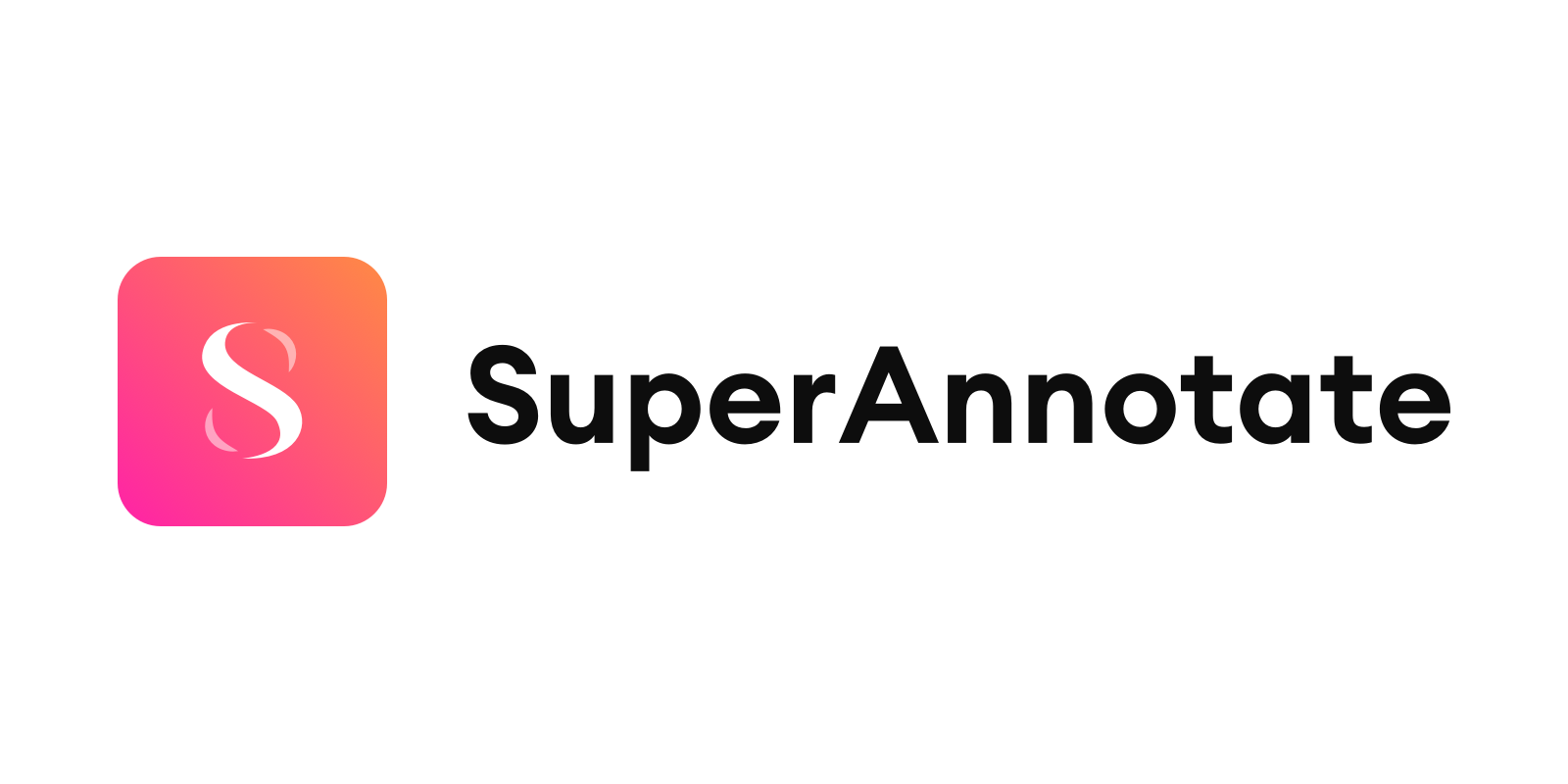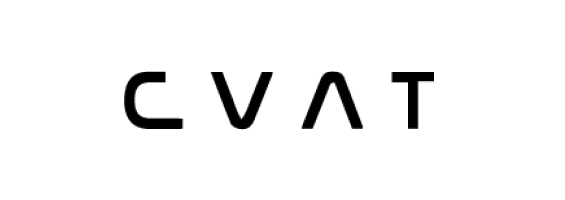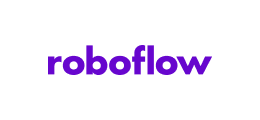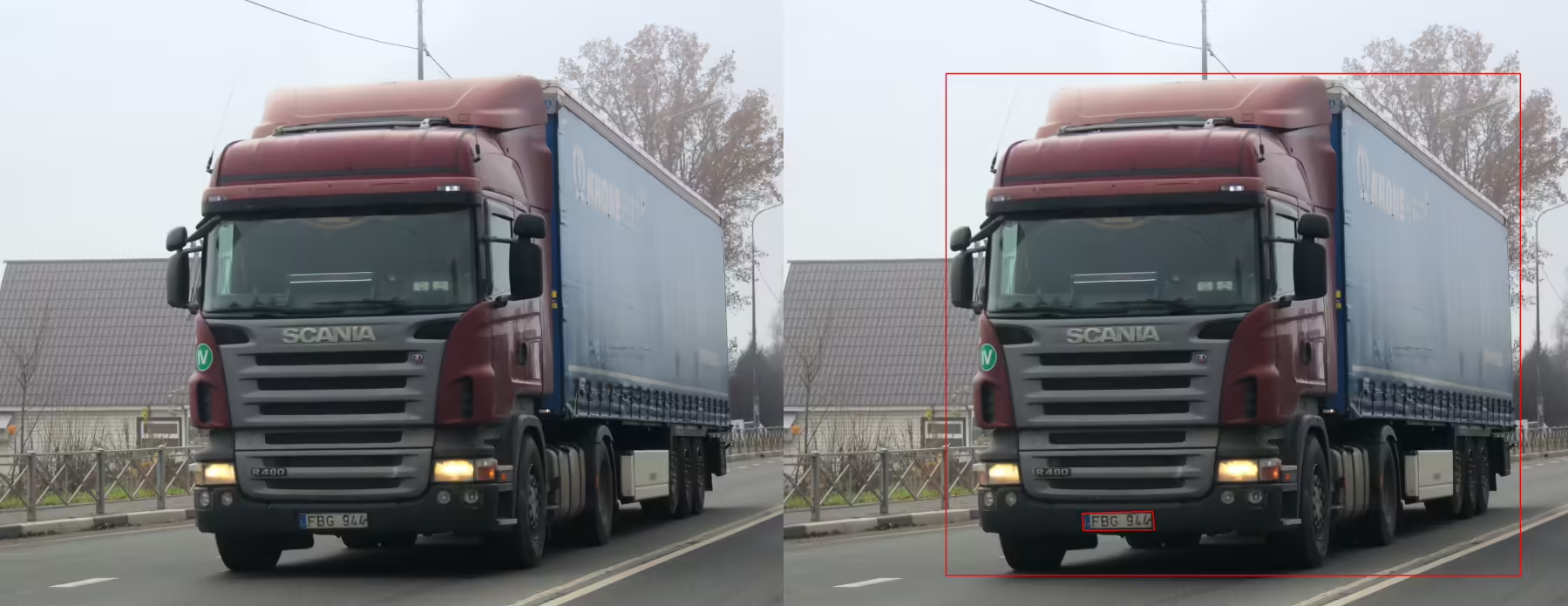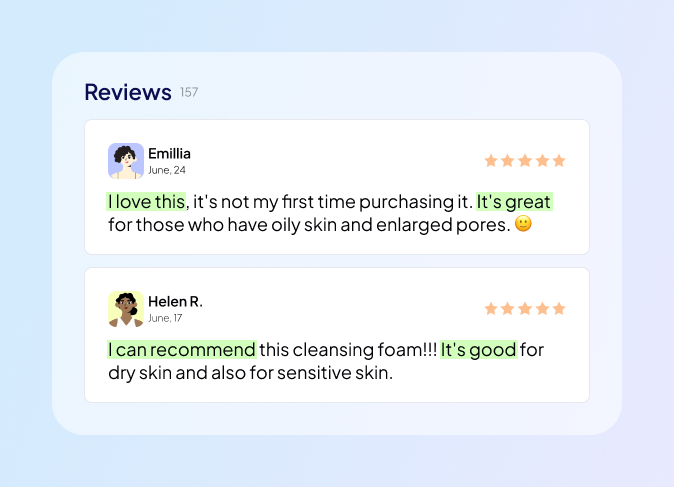Image Labeling services for ml

Unidata offers professional Image Labeling Services that deliver precise and thorough labeling of images to enhance object recognition, classification, and analysis across various industries and applications. Our skilled annotators meticulously annotate images with descriptive labels, bounding boxes, and semantic segmentation masks, ensuring high-quality data for your machine learning projects
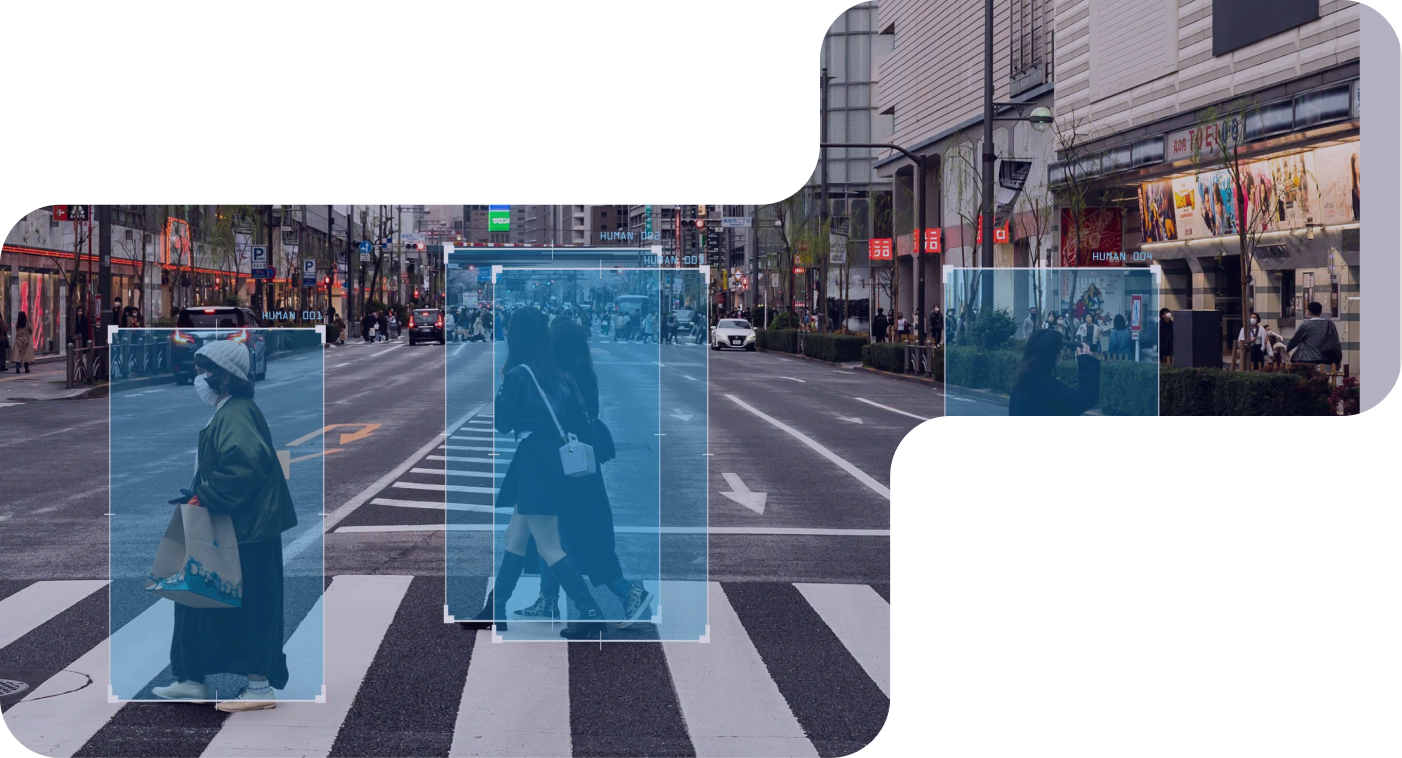
24/7*
- 6+
- years experience with various projects
- 79%
- Extra growth for your company.
What is Image Labeling?
Image labeling is the process of annotating images with descriptive tags, categories, or boundaries to enable machine learning and artificial intelligence applications to recognize and interpret visual content accurately. Image labeling is crucial for various applications, including object detection, image classification, and image segmentation, as it provides the necessary training data that machine learning models require to learn and make predictions.How We Deliver Image Labeling Services
Best software for Image Labeling
Types of Image Labeling Services
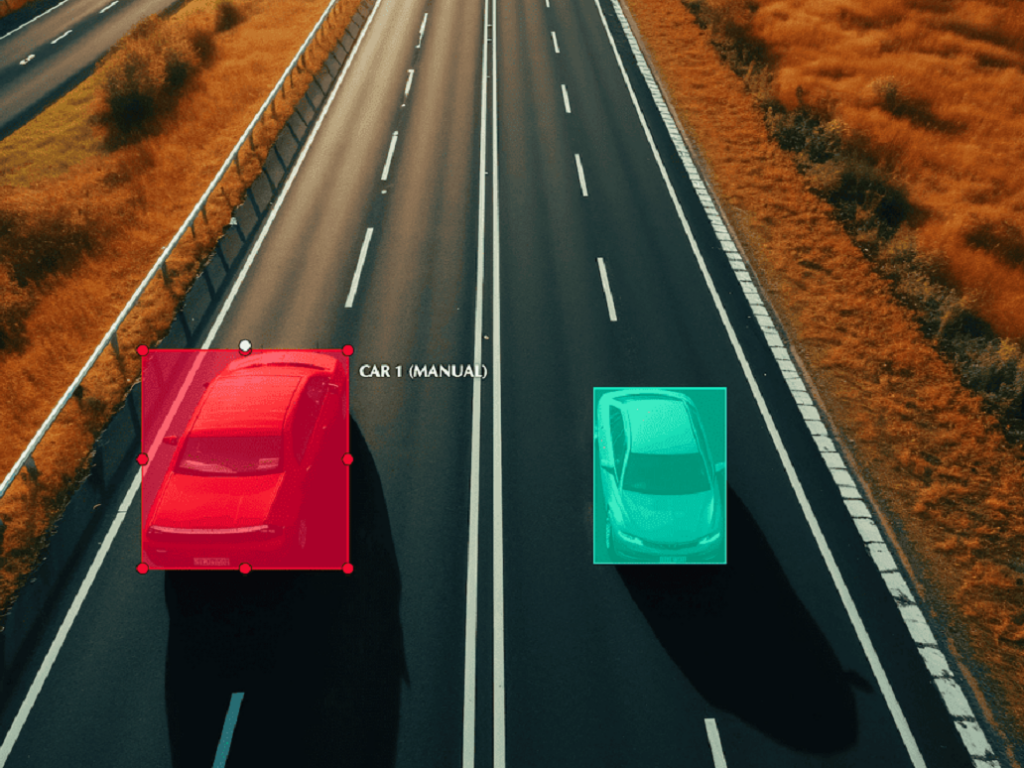
Bounding Box Annotation
Bounding box annotation involves drawing rectangular boxes around objects of interest within an image. It is commonly used in tasks such as object detection, allowing machine learning models to locate and classify objects within images.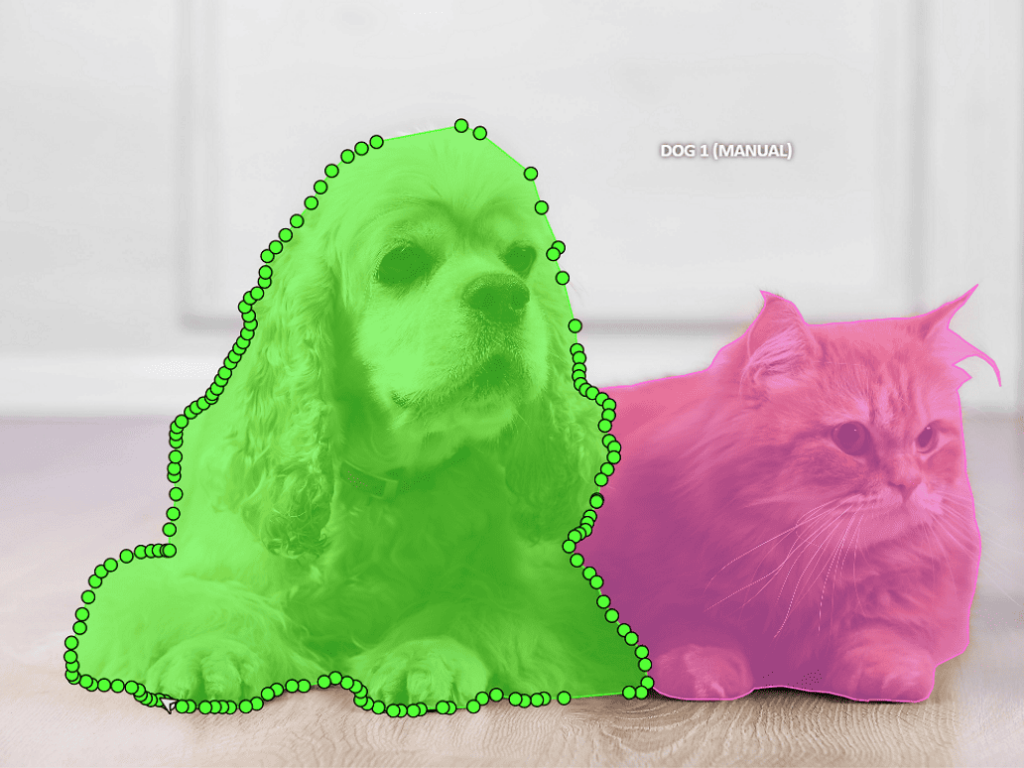
Polygon Annotation
Polygon annotation is a more precise labeling method where annotators draw polygons around objects, allowing for the accurate labeling of irregularly shaped objects. This is often used for detailed object segmentation in tasks like image segmentation and autonomous driving.
Semantic Segmentation
Semantic segmentation involves labeling every pixel of an image with a class. This type of annotation is used in tasks where fine-grained detail is important, such as autonomous driving, medical imaging, and robotics, where precise object boundaries are crucial.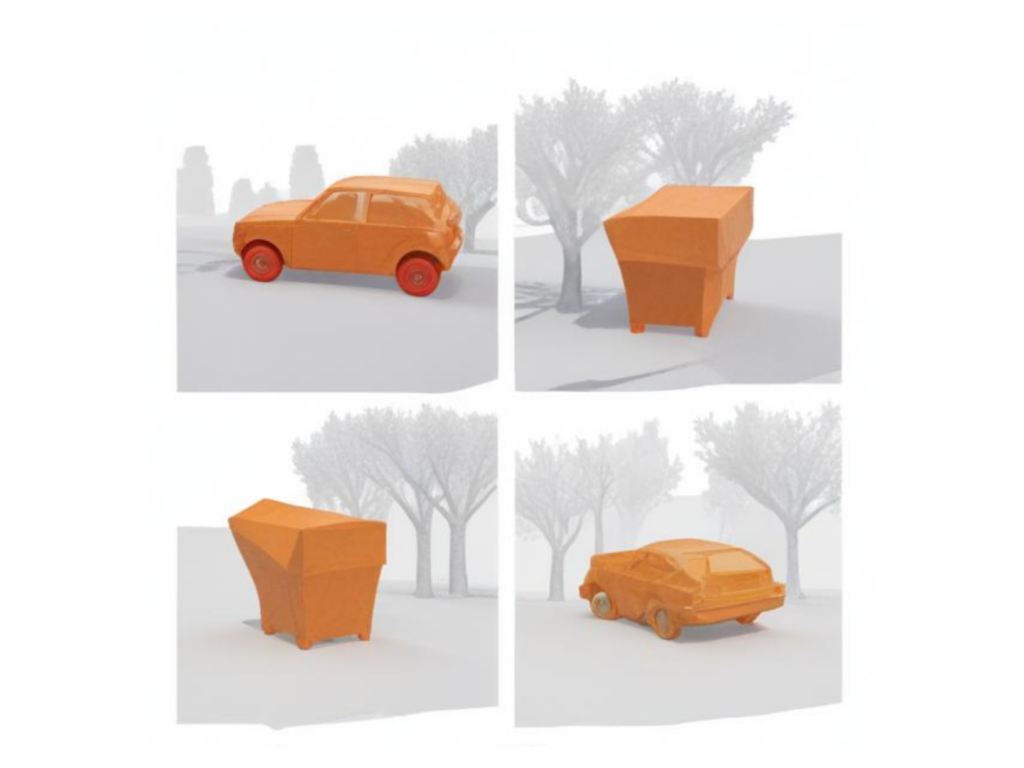
Instance Segmentation
Instance segmentation is a more advanced form of segmentation where each object instance within an image is labeled separately. This is used in scenarios where distinguishing between different objects of the same class is critical, such as in crowd analysis or object counting tasks.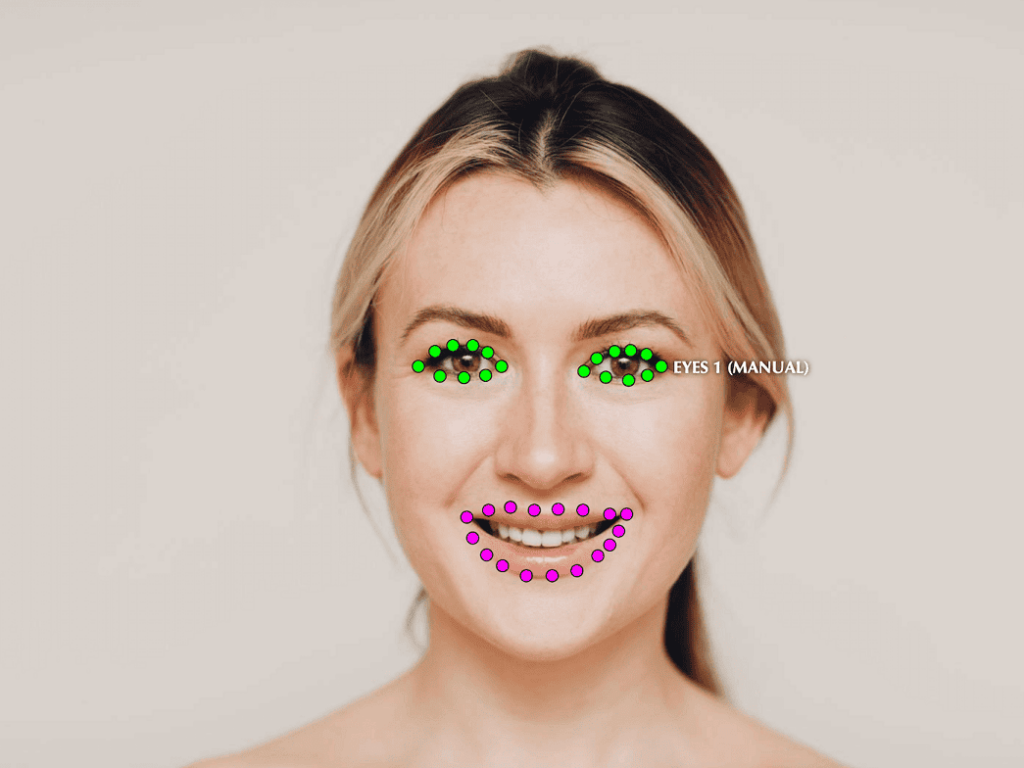
Keypoint Annotation
Keypoint annotation involves identifying and labeling specific points on objects, such as facial landmarks (eyes, nose, mouth) or human body joints. This is widely used in facial recognition, pose estimation, and activity recognition tasks.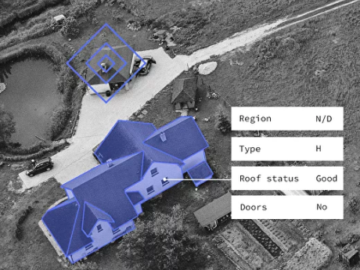
Polyline Annotation
Polyline annotation is used to label linear objects, such as roads, boundaries, or paths within images. It is commonly used in map creation, road detection for autonomous driving, and geographical information systems (GIS).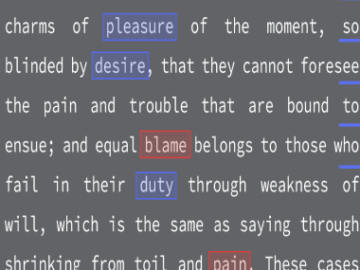
3D Cuboid Annotation
3D cuboid annotation involves drawing a 3D bounding box around objects to capture their three-dimensional attributes. This method is often used in autonomous driving, robotics, and augmented reality to estimate the depth and orientation of objects.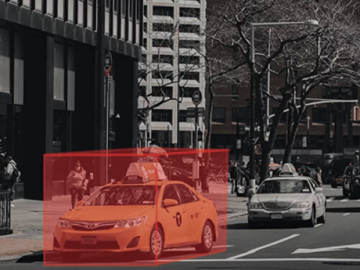
Landmark Annotation
Landmark annotation involves labeling specific points of interest within an image, often used for precise feature detection. This method is common in facial recognition, medical imaging, and structural analysis tasks where exact location points are crucial.
Image Classification
Image classification annotation involves assigning an entire image to one or more predefined categories. This is a basic yet essential form of labeling used in various tasks, such as product categorization, spam detection, and general image recognition.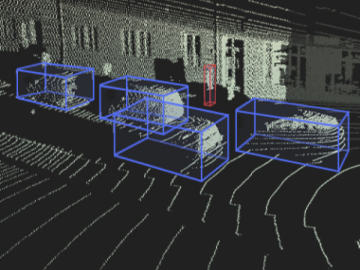
Object Tracking Annotation
Object tracking involves labeling objects across multiple frames of a video or sequence of images to track their movement. This is particularly useful in video surveillance, autonomous driving, and sports analytics.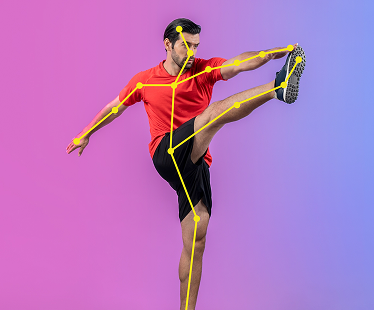
Skeletal Annotation
Skeletal annotation is used for identifying human or animal body structures within images by marking the bones or joints. This type of labeling is commonly applied in sports science, healthcare, and animation for motion analysis.
Image Tagging
Image tagging is the process of labeling images with metadata or descriptive keywords. It is widely used in digital asset management, content categorization, and search optimization tasks where specific tags help in organizing and retrieving image datasets.
Optical Character Recognition (OCR) Annotation
OCR annotation involves labeling text within images, making it readable by machines. It’s frequently used for digitizing printed documents, recognizing license plates, and reading text in natural images like road signs or packaging.Image Labeling Use Cases
-
 01
01Sports & Fitness
In sports, image labeling helps analyze player movements and game actions by annotating video footage. By labeling actions such as goals, tackles, or passes, AI can help coaches and analysts track player performance, evaluate strategies, and provide insights to improve training and game outcomes. -
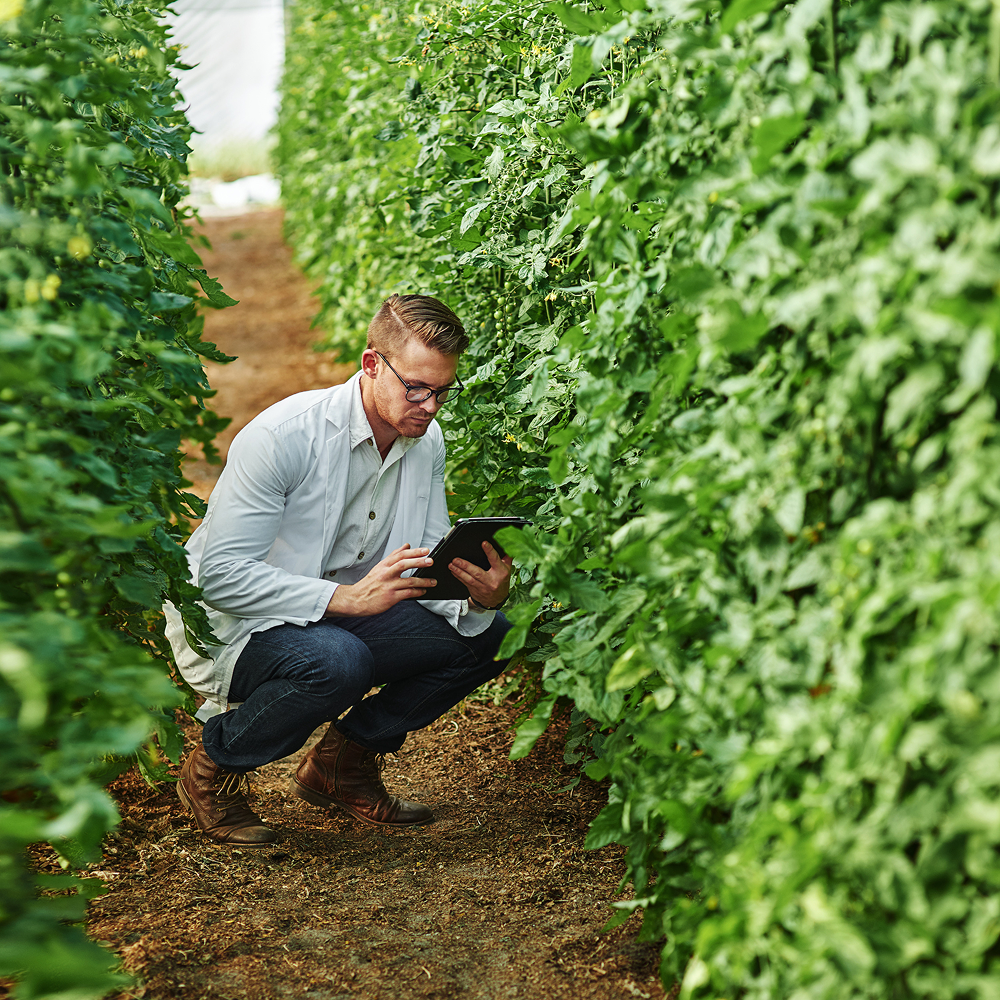 02
02Agriculture
Labeling is used to monitor crop health by annotating satellite or drone images with data on diseases, pests, and soil conditions. Labeling crops and weeds helps AI differentiate between useful plants and harmful ones, allowing farmers to direct resources more efficiently. Annotating livestock images also aids in monitoring animal health and behavior, and optimizing farm management. -
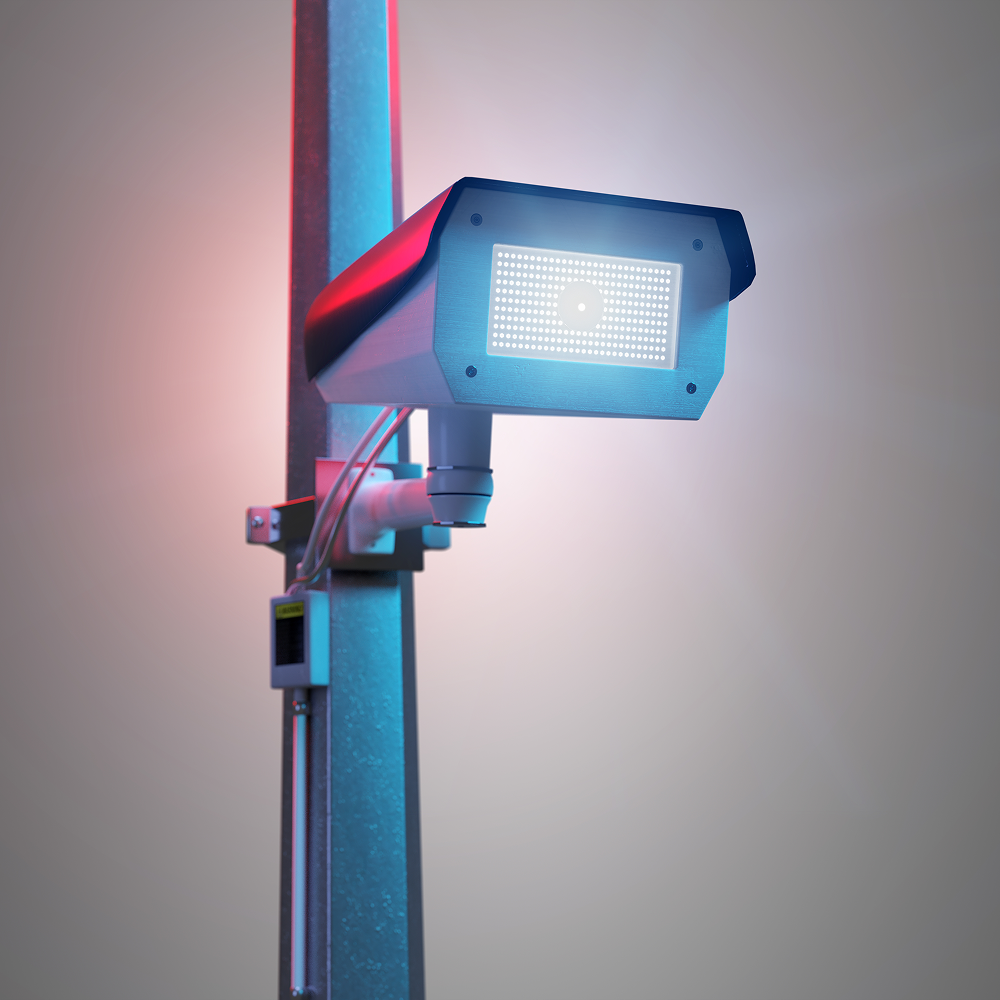 03
03Security & Surveillance
These services are essential in security and surveillance for training AI to identify faces, vehicles, and suspicious activities in video footage. Labeling images with these details enhances facial recognition and object tracking, making security systems more effective. Annotating video footage for unusual behavior helps AI detect potential threats and alert security personnel in real time. -
 04
04Healthcare
In healthcare, it is used to annotate medical images, such as X-rays, MRIs, and CT scans, helping AI systems identify conditions like tumors or fractures. Labeling abnormal regions in these images allows AI to assist doctors in diagnosing diseases quickly and accurately. Annotating pathology slides also helps AI detect cancerous cells, improving early detection and treatment planning. -
 05
05Autonomous Vehicles
Image annotation is crucial for training AI systems in autonomous vehicles. Labeling objects like pedestrians, vehicles, and traffic signs helps AI learn to recognize these elements in real time. Annotating road conditions and lane markings also enables AI to navigate safely, while labeling pedestrian movement helps the car avoid accidents by anticipating potential dangers. -
 06
06Retail & E-commerce
In retail and e-commerce, this technology helps AI recognize products in images for improved search functionality and recommendations. Labeling product images with attributes such as size, color, and brand helps AI enhance product discovery and offer better suggestions to customers. Annotating images of customer feedback and reviews allows AI to assess sentiment and adjust marketing strategies more effectively. -
 07
07Manufacturing
In manufacturing, it is used to detect defects in products by annotating images of items on the assembly line. Labeling defects like scratches, dents, or misalignments helps AI automate quality control processes, improving production efficiency. Annotating machinery and equipment images also assist AI systems in predicting maintenance needs, reducing downtime, and ensuring smooth operations. -
 08
08Real Estate
In real estate, labeling is used to tag property images with key features, such as size, location, and amenities. Labeling building types, floor plans, and neighborhood characteristics helps AI improve property recommendations and valuation accuracy. Annotating property images also enables AI to assist in property searches, making it easier for potential buyers to find suitable properties.
How It Works: Our Process
A Clear, Controlled Workflow From Brief to Delivery
Image Labeling Cases
Why Companies Trust Unidata’s Services for ML/AI
Share your project requirements, we handle the rest. Every service is tailored, executed, and compliance-ready, so you can focus on strategy and growth, not operations.
What our clients are saying

UniData


Other Services
Ready to get started?
Tell us what you need — we’ll reply within 24h with a free estimate

- Andrew
- Head of Client Success
— I'll guide you through every step, from your first
message to full project delivery
Thank you for your
message
We use cookies to enhance your experience, personalize content, ads, and analyze traffic. By clicking 'Accept All', you agree to our Cookie Policy.










